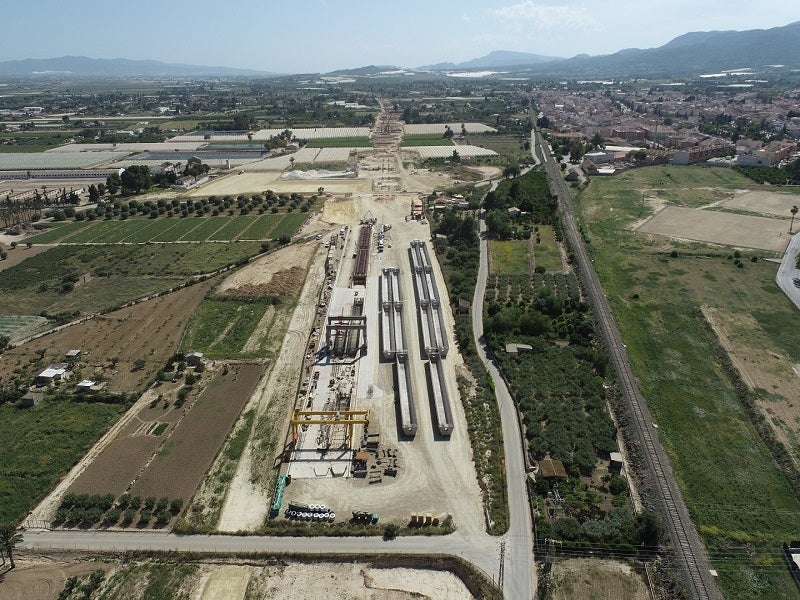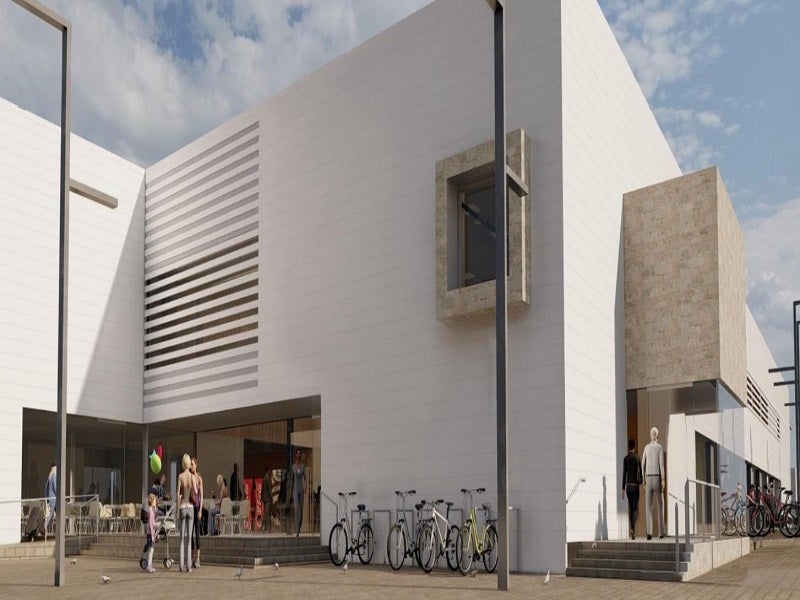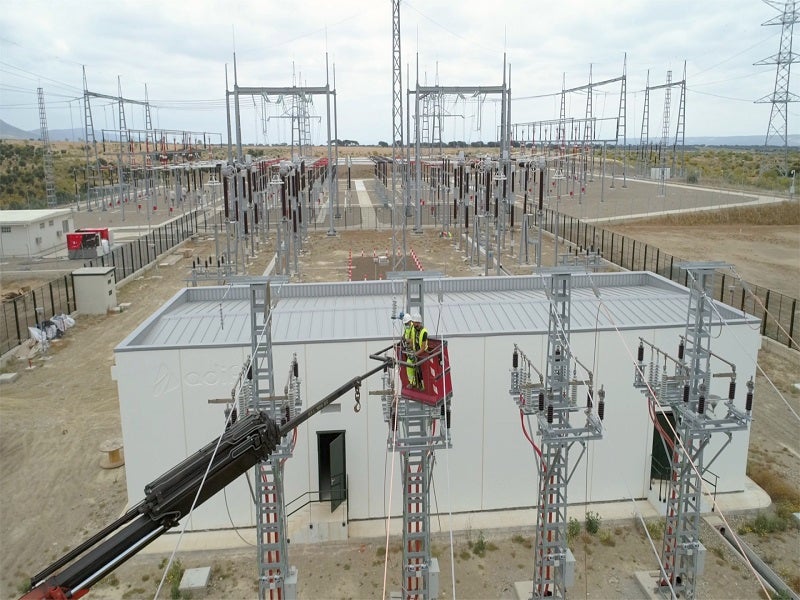The Murcia-Almería high-speed railway project is an integral component of the Mediterranean High-Speed Corridor within the Trans-European Transport Network (TEN-T). The project is being developed by Adif Alta Velocidad (AV), a prominent developer of high-speed railways.
Encompassing the construction of a 200km railway line, the project involves multiple sections and associated rail infrastructure. It is designed to support passenger trains travelling at speeds exceeding 250km per hour and freight trains at speeds up to 100km per hour.
Partially funded by the European Union (EU), the initiative aims to forge a connection between the city of Almería and the Mediterranean corridor, as well as the high-speed line that extends from Madrid through Castile-La Mancha and the Valencian community to the region of Murcia.
The new line will accommodate passenger trains and freight trains of up to 400m and 750m in length respectively. The development is projected to require an investment of €3.58bn ($3.94bn).
Project location
The Murcia-Almería high-speed railway project is being developed within the provinces of Almería, an autonomous community in Andalusia, and the Region of Murcia in Spain.
Details of the Spanish high-speed rail line
The Murcia-Almería high-speed railway line will comprise sections featuring both single and double tracks, complete with tunnels, stations and viaducts. The initiative also encompasses the electrification of the entire railway line, which will be fitted with a European Rail Traffic Management System (ERTMS) Level 2 signalling system and advanced safety technology.
Initiated in 2014, the project’s development has been segmented into 17 sections between Almeria and Murcia. The contract for the project’s final section, involving the passage through Lorca which includes a 2.9km tunnel and the new Sutullena station in Lorca, was announced in February 2024.
The Lorca to Pulpí segment will consist of 31.3km of a double-track high-speed railbed. The section will repurpose 18.6km of the existing Iberian gauge non-electrified single track, while 20km will be dismantled. The section also includes the construction of the Rincón tunnel, ten viaducts and several bridges, totalling 1,250m in length.
The 25.7km section between Pulpí and Vera will be a single-track line with an 8.5m-wide railbed for 22km, leading to the Vera-Almanzora passenger station. The remaining 3.7km from the station will be double-tracked with a 14m-wide railbed. The segment also includes the construction of ten viaducts, a pedestrian overpass and under and overpasses along the route.
A new Vera-Almanzora station is set to be constructed close to the junction point of the Pulpí-Vera section.
In Almeria, a 1.86km tunnel will be constructed to direct the line’s approach to the station from the existing El Puche tunnel. The line will connect on the surface level with the Almería station. A new intermodal station will also be constructed.
The Almería station will be renovated and expanded while remaining above ground. The expansion will increase the surface coverage of the station by 4,800m² on two floors. A new 2,265m² bus station with 26 docks will also be constructed alongside the station’s secondary structure.
The electrification phase of the project commenced in June 2023. It involves the construction of an electrical substation in Totana and autotransformation centres in Murcia, Alhama de Murcia, Totana and Lorca.
Funding
The European Regional Development Fund contributed €411m towards the construction of the Nonduermas-Vera and Los Arejos-El Puche sections. The European Commission approved the funding in August 2023.
Contractors involved
SAITEC secured the drafting contract for the Vera-Almanzora station in April 2023.
ACCIONA, in collaboration with Ferrovial, won a contract valued at €171m ($191m) for the construction of the Lorca to Pulpí railway line section. The contract also encompasses the remodelling of the Pulpí and Puerto Lumbreras stations and the creation of a new station at Almendricos, including the construction of the Rincón tunnel, viaducts and bridges.
Ferrovial obtained a separate contract worth €121m in February 2019 to construct the railway line between Pulpí and Vera.
A consortium comprising Contratas y Ventas and Construcciones Sánchez Domínguez Sando was awarded a contract worth €184m in August 2022 for the construction of the Totana-Totana section (Murcia), including a new intermodal station.
Construction firm Sacyr was contracted to build the intermodal station at Almería, including a 1.9m-long tunnel.
Benefits
The Mediterranean Corridor is set to enhance rail capacity and operations, and reduce travel times between key cities along the route. It will render long-distance passenger services more frequent and dependable.
The project is expected to improve interoperability and eliminate the need to transfer freight between trains at the Spanish-French border by adopting the standard gauge throughout the corridor.
The Murcia-Almería high-speed rail line will offer improved rail connections to the corridor and facilitate the transportation of goods. Additionally, it will create a new link from Almería to the heart of the Iberian Peninsula.
The project will contribute to reducing emissions by encouraging a shift from road to high-speed railway transport. It will support sustainable development goals: promoting sustainable infrastructure, safe and accessible transport systems, economic growth with job opportunities and energy efficiency.




